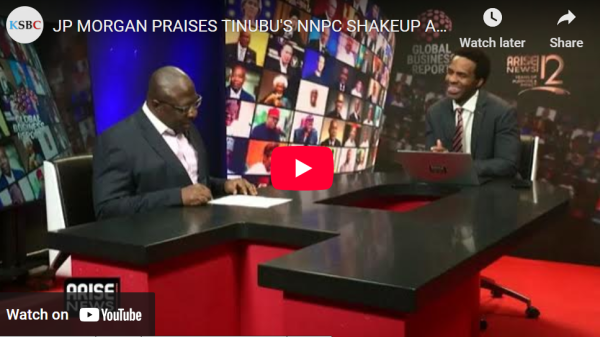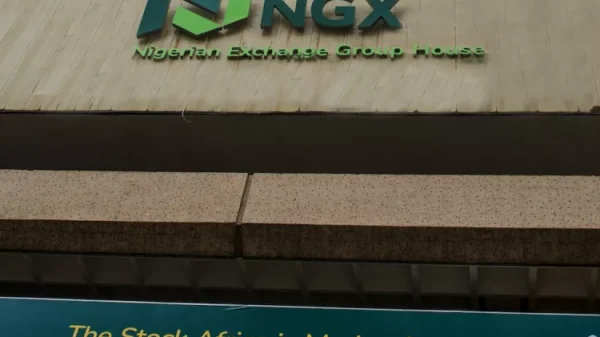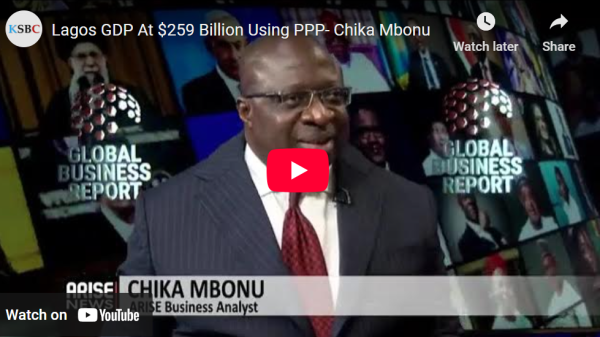Six major Nigerian banks spent ₦268.7 billion ($171.5 million) on IT infrastructure and tech-related services in 2024, owing largely to core banking system upgrades, underscoring how growing competition is forcing traditional lenders to increase tech spending.
The banks—Guaranty Trust Holding Company (GTCO) Plc, United Bank for Africa (UBA) Plc, Zenith Bank Plc, Wema Bank Plc, Stanbic IBTC Holdings, and FCMB Group Plc—saw their combined IT spend surge by 74.5% from ₦153.8 billion ($98.2 million) in 2023, according to their latest financial statements.
GTCO reported the highest IT spend with ₦88 billion ($56.8 million), followed by Zenith with ₦67.3 billion ($43 million). UBA, Stanbic, FCMB, and Wema recorded ₦48 billion ($30.5 million), ₦33.5 billion ($21.3 million), ₦26.8 billion ($17.3 million), and ₦5.55 billion ($3.6 million), respectively.
Banks’ increased technology spending comes amid growing competition from fintech companies like Opay, PalmPay, and Moniepoint, which have become go-to platforms for many Nigerians after a botched currency redesign in early 2023 led to widespread cash shortages and exposed the limitations of traditional banking infrastructure.
In 2024, major banks, including GTBank, Zenith, First Bank, Sterling Bank, and Access Bank, overhauled their core banking systems.
In October 2024, GTBank switched its core banking software from Basis to Finacle, a product of Infosys. Zenith Bank also migrated to Flexcube, developed by Finastra, replacing its legacy Phoenix system. However, the upgrades weren’t without hiccups. These technological changes led to prolonged service disruptions that impacted millions of customers.
“The enhancement of core banking applications has stabilized the services of some banks,” said Ayodeji Ebo, managing director of Optimus by Afrinvest. “The increased IT expenditure has mitigated the failure rate and downtime during financial transactions.”
He added that the cost of the banking software—priced in dollars—nearly doubled due to the naira devaluation. A core banking software expert who asked not to be named to speak freely told TechCabal that tier-1 banks spend at least $10 million annually on core banking software licenses and support.












































